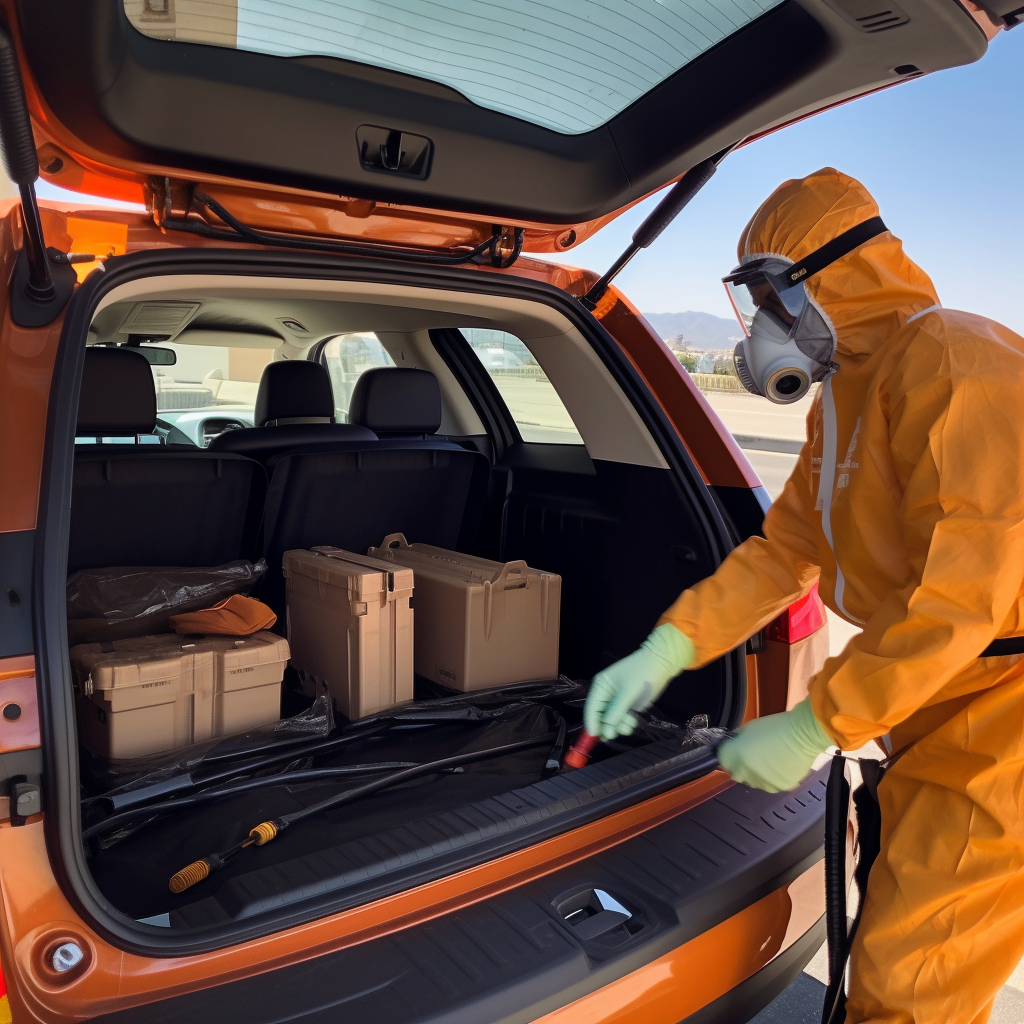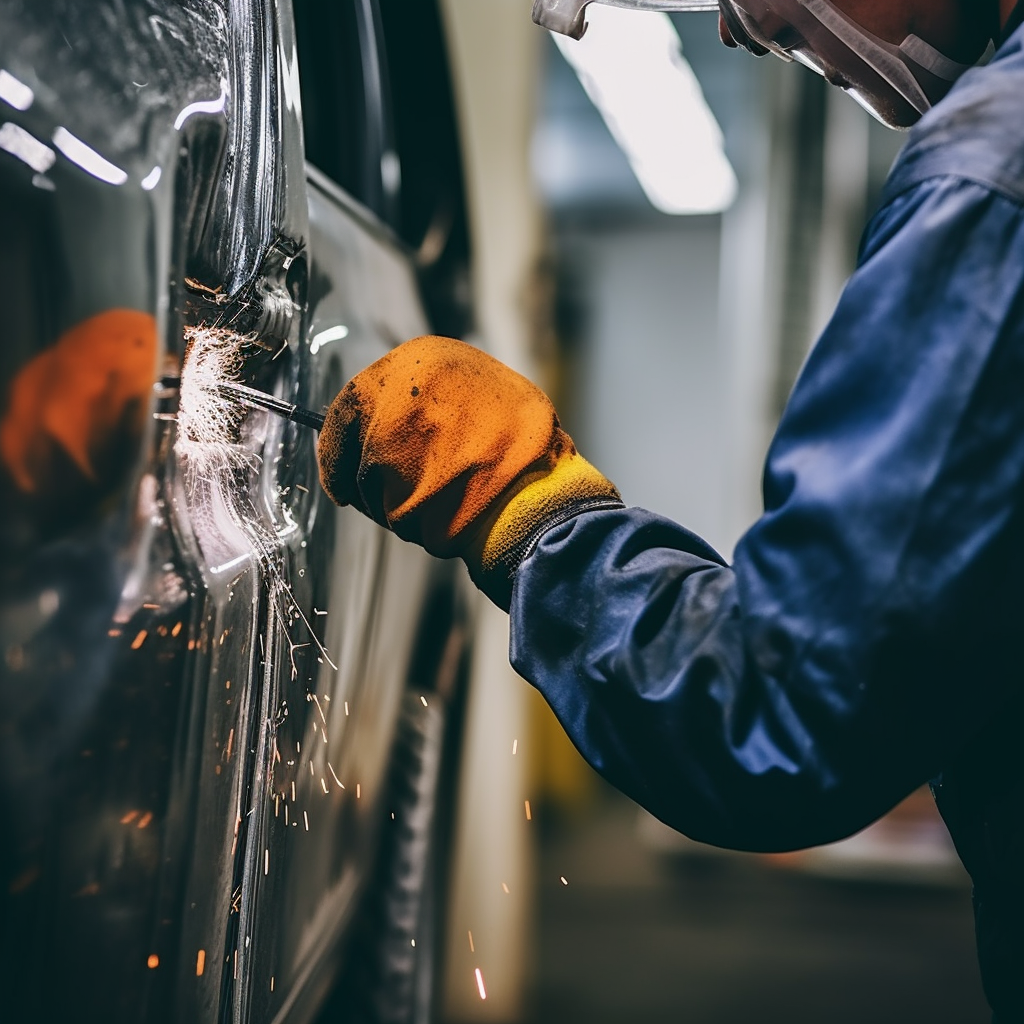
Advancements in Autonomous Car Safety Features
 Get ready for a fascinating journey into the future of mobility with autonomous or self-driving cars. This groundbreaking technology, backed by advanced artificial intelligence, intricate sensor systems, and cutting-edge communication technologies, is poised to redefine our commuting experience. Since these vehicles operate without a human driver, their safety is a top priority.
Get ready for a fascinating journey into the future of mobility with autonomous or self-driving cars. This groundbreaking technology, backed by advanced artificial intelligence, intricate sensor systems, and cutting-edge communication technologies, is poised to redefine our commuting experience. Since these vehicles operate without a human driver, their safety is a top priority.
Exploring Safety Features
Let’s explore the safety features embedded in autonomous cars, designed to reduce risks, prevent accidents, and enhance overall safety standards. These features incorporate various tech systems and mechanisms that work harmoniously to identify potential hazards, make real-time decisions, and take swift actions to prevent accidents or minimize their effects.
Sensor Technologies: The Eyes and Ears
Sensor technologies serve as the eyes and ears of autonomous cars, perpetually scanning their surroundings to detect obstacles, pedestrians, and other vehicles. This sensory network includes cameras, radar, lidar, and ultrasonic sensors. Their real-time data informs the vehicle’s decision-making, helping it react effectively to potential hazards. With ongoing innovation, these sensors are becoming more reliable, allowing self-driving cars to navigate even the most challenging scenarios with increased precision.

AI and Machine Learning: The Brain
Artificial Intelligence (AI) and machine learning constitute the brain behind autonomous car safety. These technologies analyze sensor data to recognize patterns, make real-time decisions, and ensure safe driving. AI helps identify and categorize objects, predict their behavior, and devise the best strategy to avoid collisions. Meanwhile, machine learning allows self-driving cars to learn from past experiences and refine their driving behavior over time, enhancing safety.
Communication Systems: The Talk
Communication systems are pivotal to the safety of autonomous cars. Vehicle-to-vehicle (V2V) and vehicle-to-infrastructure (V2I) communications enable autonomous cars to interact with other vehicles and infrastructure, like traffic signals and signs. This interaction fosters enhanced coordination, streamlined movements, and foresight into potential risks, contributing to safer road conditions.
Redundancy and Fail-Safe Mechanisms: The Backup
Redundancy and fail-safe mechanisms act as safety nets for autonomous cars, guarding against component failures or glitches. Redundancy duplicates critical elements like sensors, processors, and braking systems, providing a backup in case of failure. Fail-safe mechanisms actively guide the car to a safe state in the event of a malfunction, thereby boosting the reliability of autonomous vehicles.
Cybersecurity: The Shield
As autonomous vehicles become increasingly connected and data-dependent, cybersecurity is essential. Protecting these vehicles against cyber threats and ensuring the confidentiality and integrity of in-vehicle data transmission is critical. Advances in cybersecurity safeguards aim to shield autonomous cars from such threats.

Frequently Asked Questions (FAQ)
FAQ 1: How do self-driving cars detect and dodge collisions?
Autonomous cars use a blend of sensor technologies and AI algorithms to detect and evade collisions. Sensors constantly monitor the environment, detecting objects, pedestrians, or vehicles. AI algorithms then use this data to identify potential collision threats and make real-time decisions. Additionally, V2V and V2I communication systems allow autonomous cars to share information with other vehicles and infrastructure, enhancing their collision-dodging abilities.
FAQ 2: Are self-driving cars at risk of hacking or cyber-attacks?
Like any connected system, autonomous cars have their own set of cybersecurity challenges. Cyber-attacks could lead to severe consequences like control system manipulations, unauthorized data access, or even remote commandeering of the vehicle. To counter these risks, robust cybersecurity strategies, such as effective encryption protocols & secure communication pathways, should be in place.
FAQ 3: How do autonomous cars handle emergencies or unpredictable situations?
Self-driving cars have the equipment to handle emergencies and unpredictable situations. Their advanced sensor technologies and AI
algorithms enable them to react swiftly to changing circumstances. For instance, they can manage sudden road obstructions or erratic actions by other vehicles by analyzing the situation, considering the available options, and taking appropriate measures. Additionally, these vehicles are provided with fail-safe mechanisms and redundancy systems to manage unexpected component failures or malfunctions, thereby minimizing risks and prioritizing passenger safety.
Conclusion
We’d love to hear your thoughts about autonomous car safety features. Feel free to share your insights and experiences in the comments below. If you found this blog informative, please share it to help spread awareness about the advancements in self-driving car safety.
Also, we invite you to read our recent article on “Aerodynamics of the Bugatti Chiron,” where we delve into another thrilling aspect of automotive technology. Learn how aerodynamics influences the performance and efficiency of high-speed vehicles like the Bugatti Chiron.
The field of autonomous car safety features is constantly evolving, driven by innovative research to make our roads safer and more efficient. Stay tuned to the latest developments in this exciting area and engage in the conversations that will shape the future of autonomous driving.






